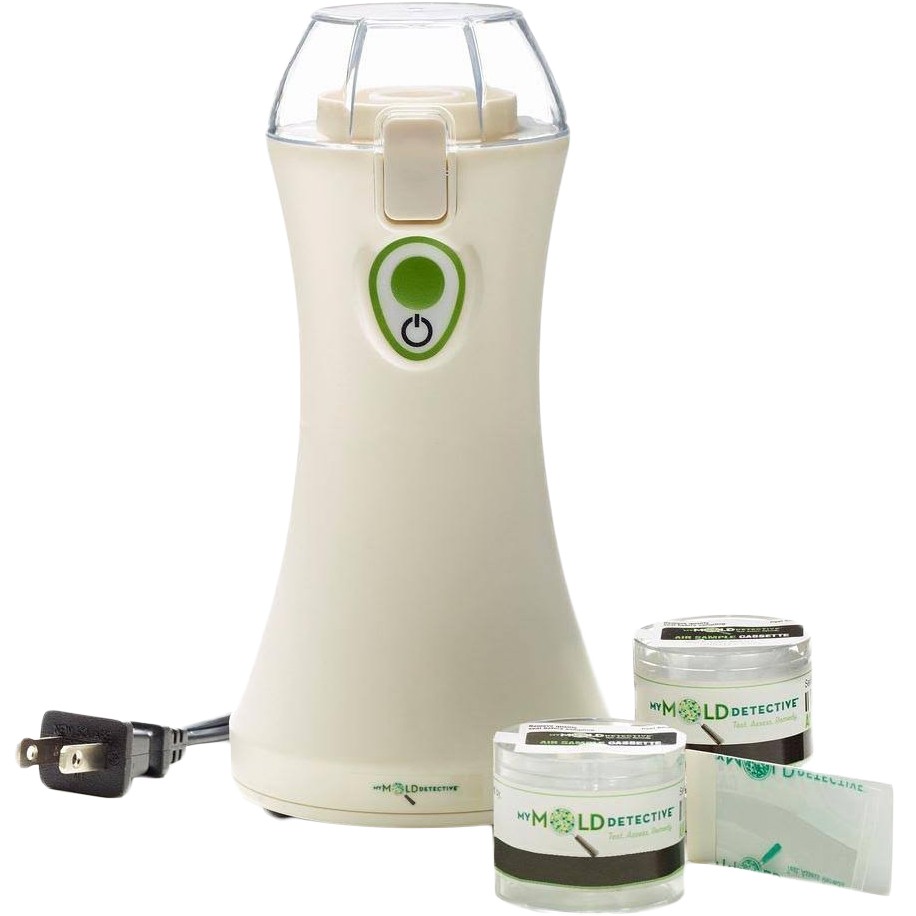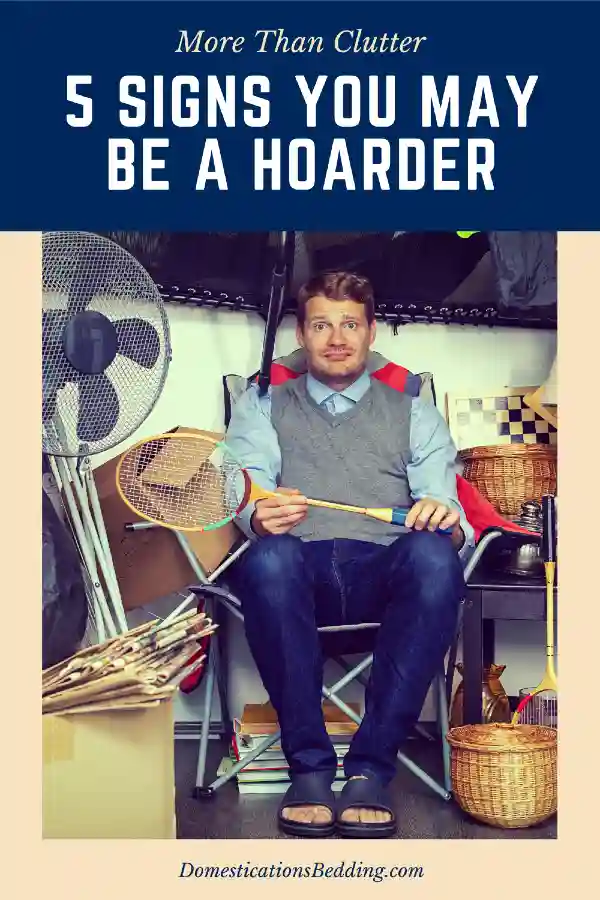Disclosure: This post may contain affiliate links, meaning we get a commission if you decide to make a purchase through our links, at no cost to you. Please read our disclosure for more info.
There’s more to hoarding than hanging onto old newspapers and buying more clothing than one can feasibly wear.
Hoarding is often attributed to mental illnesses such as obsessive-compulsive disorder and depression.
The problem is that it’s not always easy to tell the difference between untidiness and hoarding. Making that distinction is an important part of determining how to approach the issue.
Read on for 5 signs of hoarding that will help you navigate your next steps.
In This Post:
1. Reckless Buying Habits
Are your loved one’s shopping habits getting out of control? If they are purchasing a large number of items that they don’t need, don’t have room for, or can’t afford, this is considered reckless shopping. You may begin to notice clothing and other goods that still have tags on them and have never been used piling up around the house.
2. Attachment to Disposable Goods
Some people with hoarding issues have a very difficult time throwing away things that the rest of us would consider garbage. In many cases, these items become categorical and the individual develops sentimental attachment to them. For example, newspapers and magazines often become sources of fixation.
3. Unusuable Rooms
One of the biggest signs of hoarding is an unusable room (or rooms). When belongings pile up so much that entire rooms lose their function, you’re looking at what we sometimes refer to as a hoarder house.
What this indicates is that the presence of hoarded items has taken priority in your loved one’s life. They’re worried less about their health and comfort than they are about hanging onto their belongings.
4. Unsafe Living Conditions
We mentioned that hoarders may care less about their health than about their belongings. This is the case when homes become unlivable and it shouldn’t be taken lightly.
Hoarder homes are very difficult to clean, which means that beneath all of those piles may be mold, dust, and other harmful substances. This can cause very real health hazards for anyone living in that house.
In some cases, those health hazards are harmful to more than just your loved one. Children or animals under the care of an individual with a hoarding problem need immediate assistance.

5. Feelings of Panic or Despair
The difference between a “messy person” and a hoarder is that hoarders are strongly attached to their belongings. They may not want you to look at our touch their things. Under no circumstances will they want you to clean their home or throw out their things.
What to Do When You See Signs of Hoarding
The first thing to do if your loved one is hoarding is to get them professional help. A therapist can help them work on the underlying psychological and emotional conditions that are contributing to their hoarding tendencies.
Only once your loved one has the help they need and has reached a stable place can you begin organizing and throwing away their belongings. Read more here to find out about your junk removal options.
Have Patience with Hoarding
For those of us who don’t struggle with hoarding, the disorder can seem unfathomable. Recognizing the signs of hoarding is an important place to start when helping your loved one. The rest requires great care and patience.
Whether you’re moving a recovering hoarder into a new living space or redoing their current one, we can help. Take a look around for more advice on homeownership, bedding, and more.


